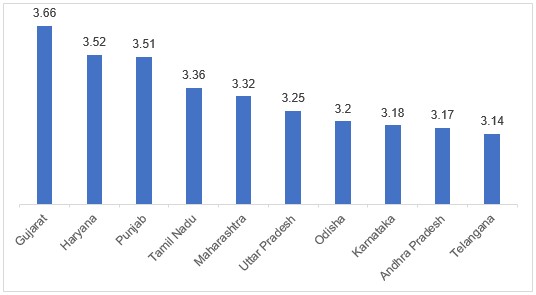7667766266
enquiry@shankarias.in
India’s logistics and connectivity infrastructure struggles to keep pace with the country’s needs, creating a drag on competitiveness and growth prospects.

To know more about India’s logistics sector.
Non Bulk cargo is commodity cargo that is transported unpackaged in large quantities.
TEU is a unit of cargo capacity.